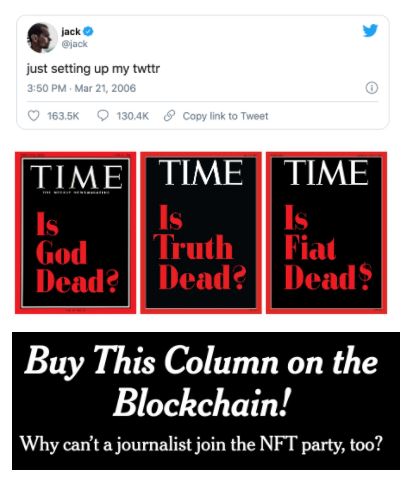Every audience member is a valuable potential source of revenue for your media organization. However, some users offer more value than others throughout their lifetime as readers.
So which visitors should you invest the most time and energy into nurturing across your digital properties?
Dan Seaman, Viafoura’s VP of product management, says the value of a user is ultimately down to the dollars you earn from them, but he adds that user value can also be measured through the data and user-generated content (UGC) you can extract from them.
“Someone who shares a lot of content might also be more valuable than someone who doesn’t because they’re essentially contributing free content into the digital experience for other users,” Seaman says.
So what does that mean for your organization?
The engagement gap between anonymous and registered users
While almost all audience members start as anonymous visitors, the faster you can convert them to registered users, the better.
In fact, Viafoura’s data team reveals that registered users are significantly more engaged than anonymous visitors, resulting in:
- 11 times more page views
- 3.7 times more days spent active on publisher properties
- 18.5 times more time spent on-site
All that additional engagement is key for publishers to collect critical data and insights to better understand and serve their audience.
“Being able to use that knowledge of your users to improve your content coverage and also inform the experience provides unique value-add,” Seaman explains. “By getting users to register, you’re also forming a direct relationship, meaning you can communicate with them, personalize their experiences based on their profiles and gather behavioural data around the content they engage with.”
This means that your registered users — who offer superior data collection opportunities around their interactions — can inform your content and business strategies.
Meanwhile, anonymous users can only be monitored with third-party cookies, which are no longer reliable forms of tracking since they’re coming to an end.

The impact of audience engagement on your revenue streams
There’s a direct connection between your most engaged users and your ability to grow your advertising and subscription revenue. Your registered users are known and are more engaged than your anonymous, passive visitors. So they offer greater revenue-earning potential than your unknown readers.
“The more engaged a user is, the more time they spend on-site, the more frequently they return, the more likely they are to subscribe, the more ad views they’ll generate,” Seaman says. “And the more you know about your audience as they interact with your site, the more you can target your ad campaigns.”
Advertisers will pay for premiums to target specific audience groups. Viafoura data highlights that each registered user can generate an average of 13.7 times more ad revenue than an anonymous user when publishers have three ads on a page.
To maximize the lifetime value of a user from both reader and ad revenue perspectives, publishers need engagement tools to persuade their audience to register or subscribe.
Extending user value without cutting off engagement
Though many companies use registration walls and paywalls to persuade users to convert, interact and pay, these tactics can also cut off user engagement if they’re not deployed effectively.
“Superior registration walls just block or blur out the content, leaving the rest of the site functions and allowing users to continue to read comments,” Seaman reveals. “And if you’re going to ask people to pay, you have to make sure you’re listening to what they want and are providing them with a value in the form of community.”
You can’t lock all content and on-site features behind a registration or paywall and expect people to want to convert. Instead, you have to build their engagement levels first by allowing them to access on-site engagement features, even if the content itself is locked.
Humans naturally want to form social connections. So if you give your users the tools they need to explore your brand’s community, they’ll gradually want to register to join conversations.
Once they register, you can form in-depth profiles of your known users and guide them to a paywall when they’re highly engaged and connected to the digital community.
Users are seeking the opportunity to join communities of like-minded individuals around specific topics of interest. The more you can guide them toward an engaged, socially connected state, the harder it will be for them to lose interest in your brand.
For example, data from the Pew Research Center reveals that 81% of teenagers feel highly connected to their communities of friends on social media and 2/3 of teens feel that they can depend on social media for social support.
For these users, quitting social media comes with a price: sacrificing social support and meaningful connections. So providing your users with opportunities to socialize with others is a simple way to encourage them to become loyal to your brand’s community and content.
“The era of going to a site and having a lonely experience will be increasingly odd,” says Seaman. “From a loyalty perspective, it’s easier for you to walk away from a brand than to walk away from an actual community.”



